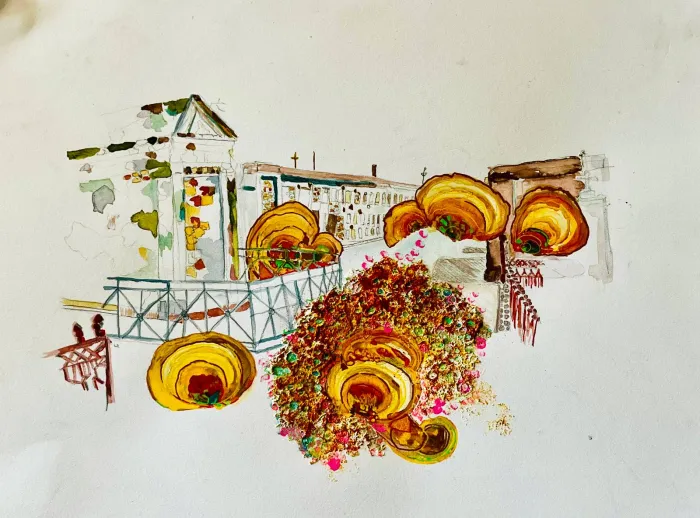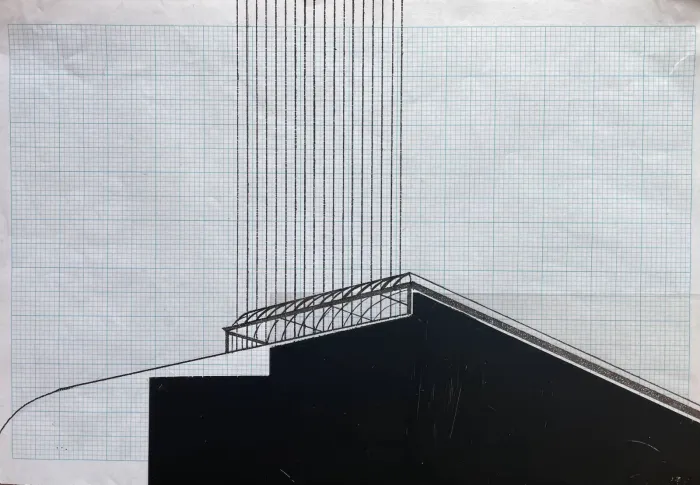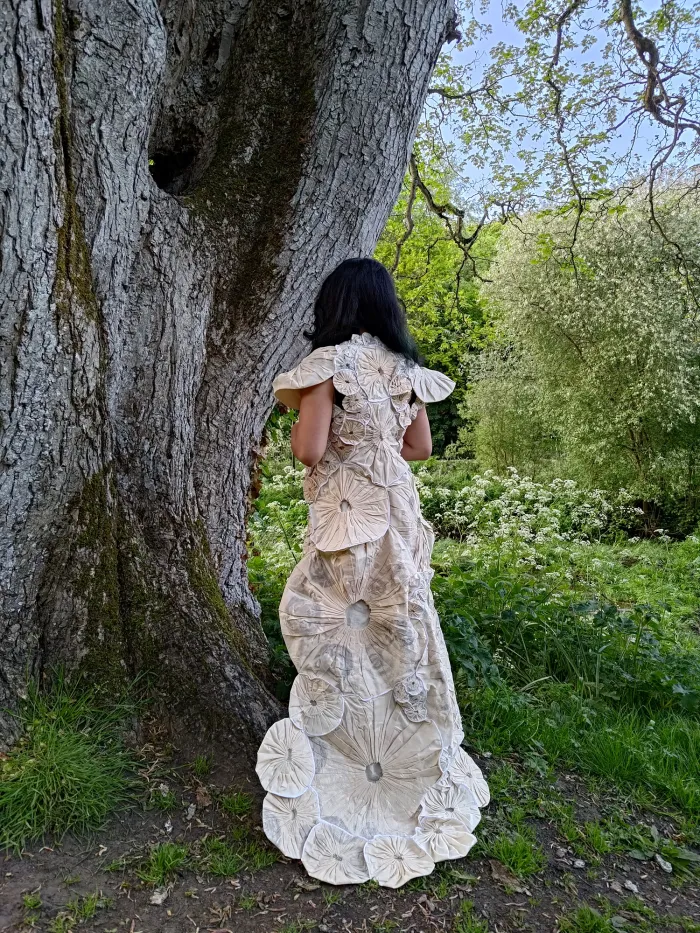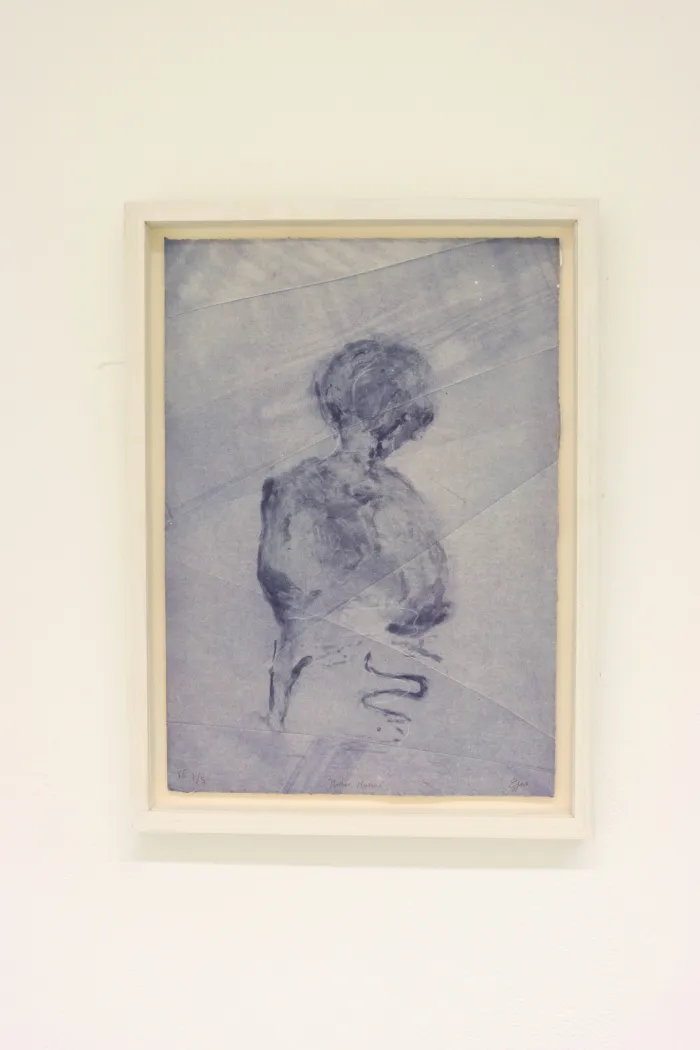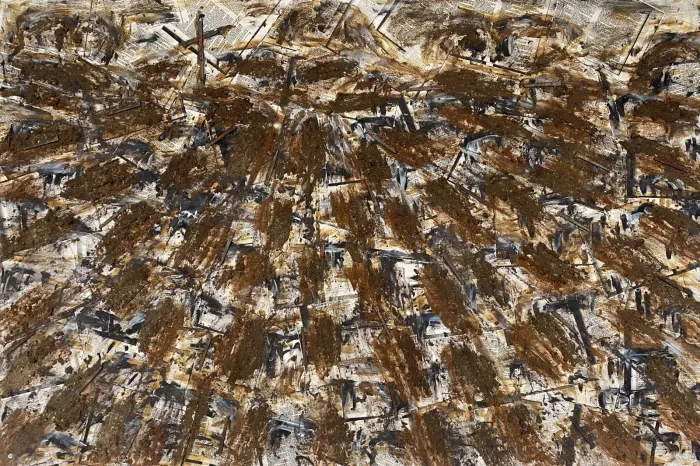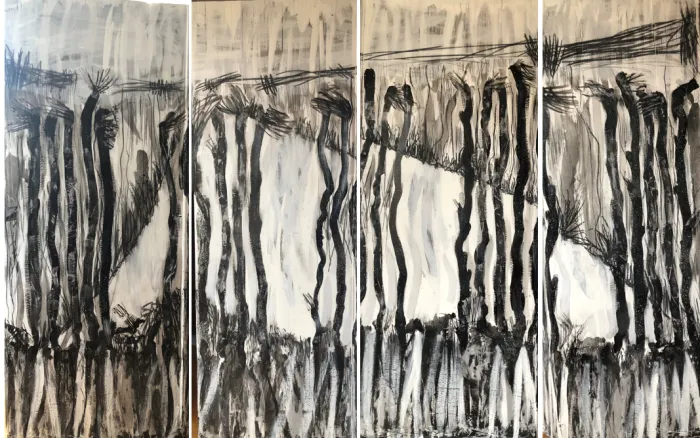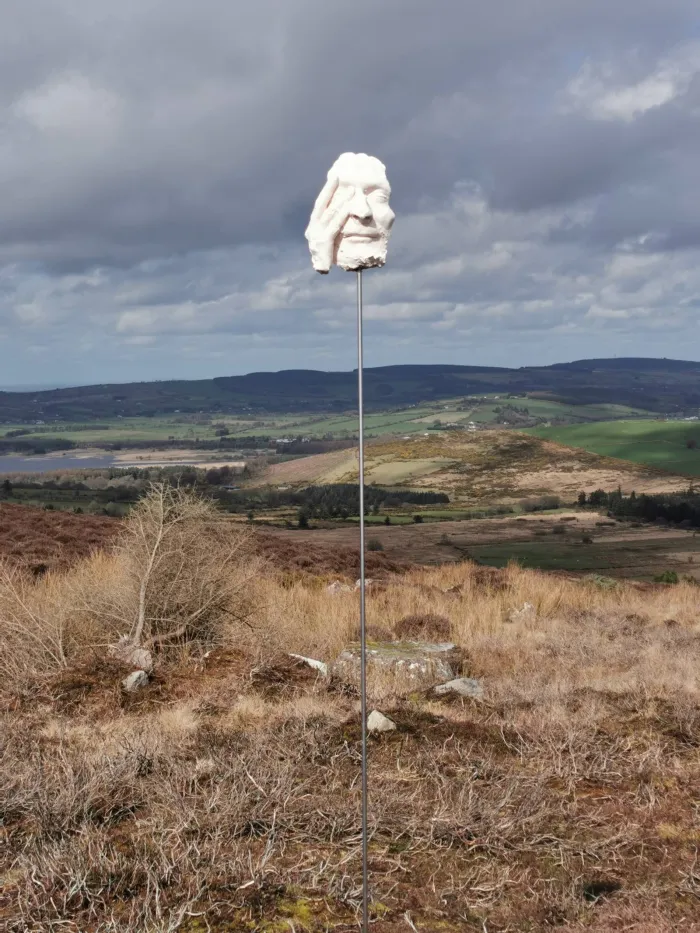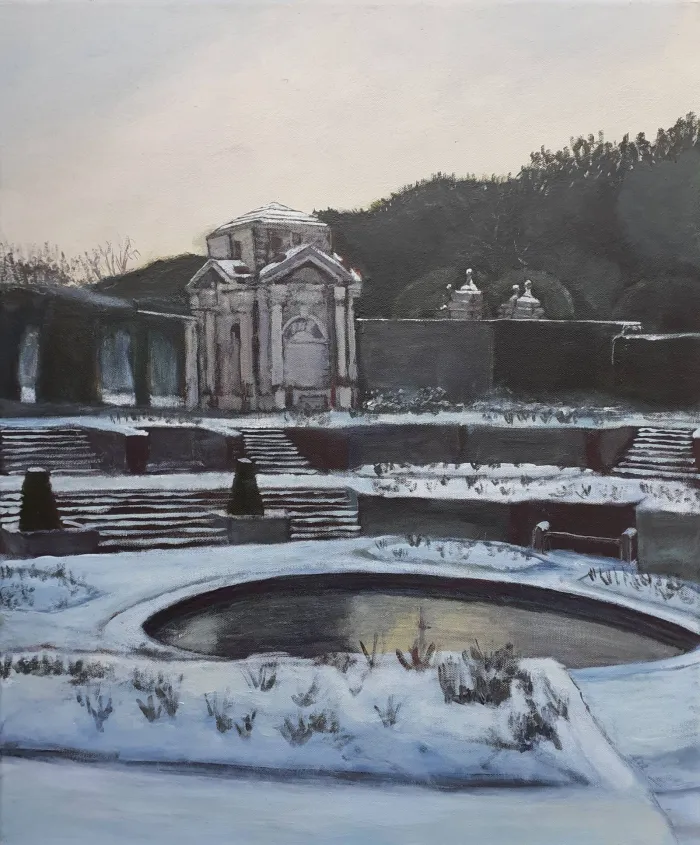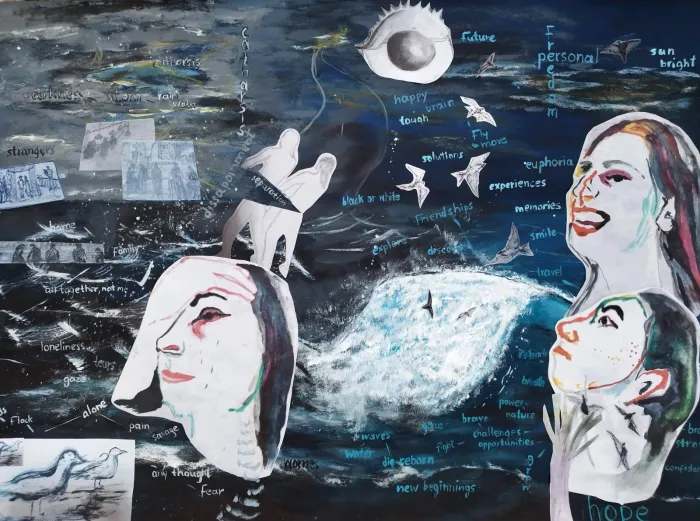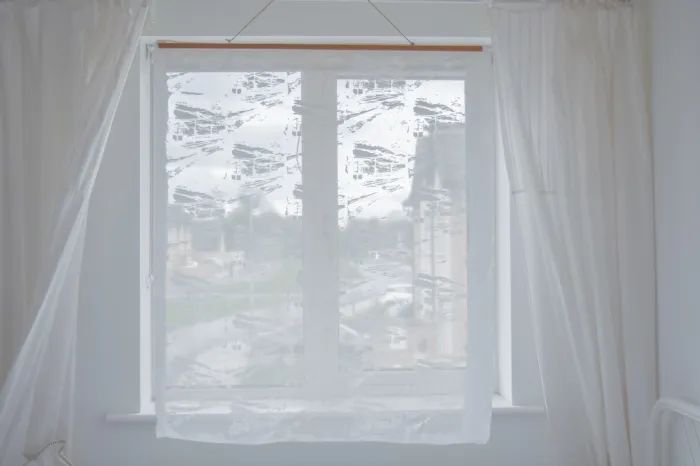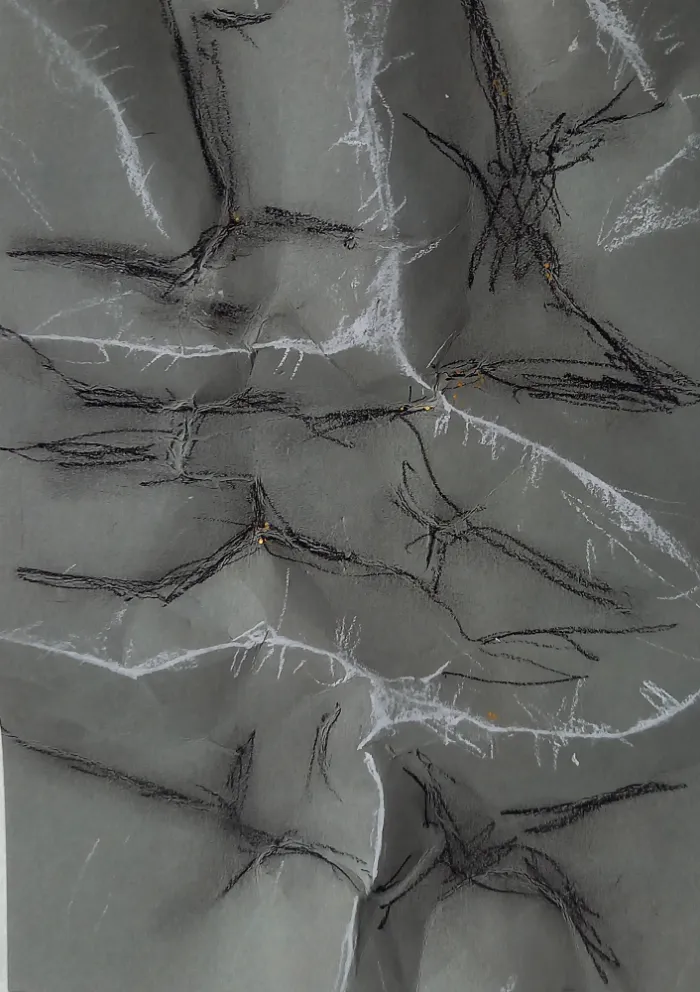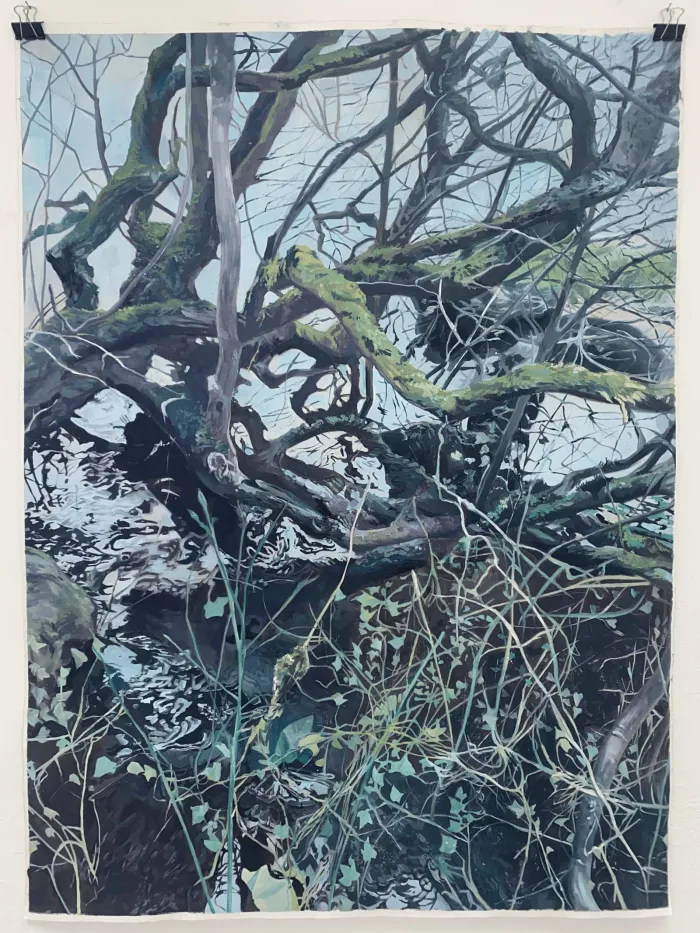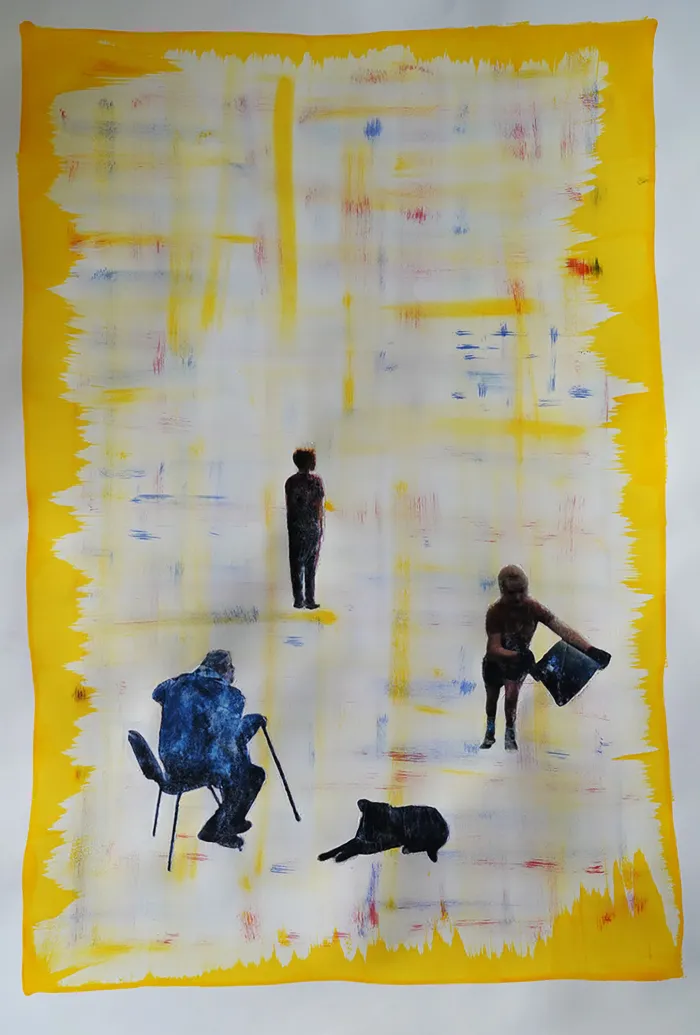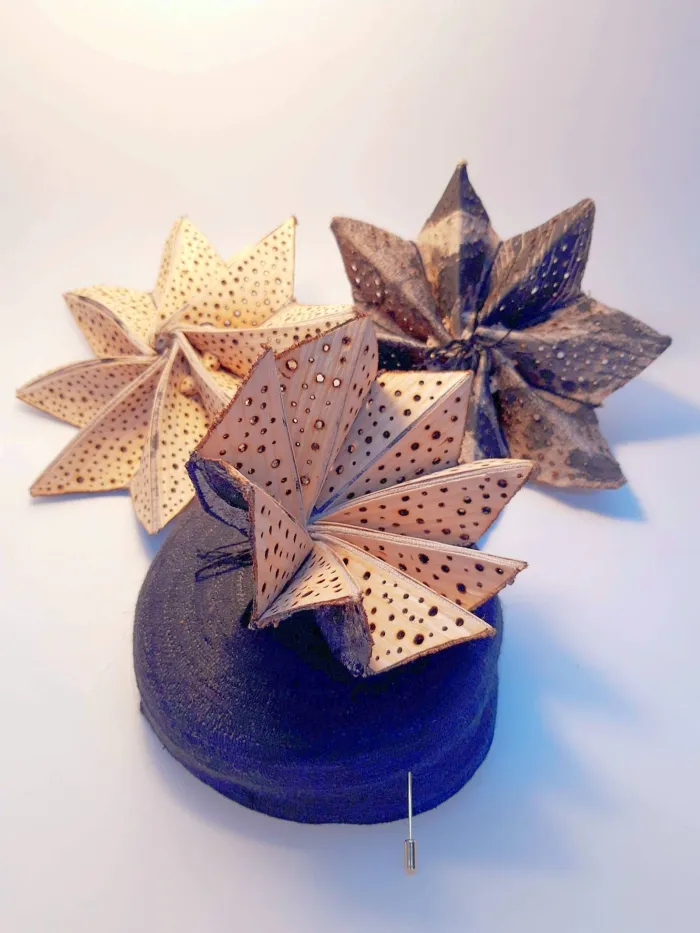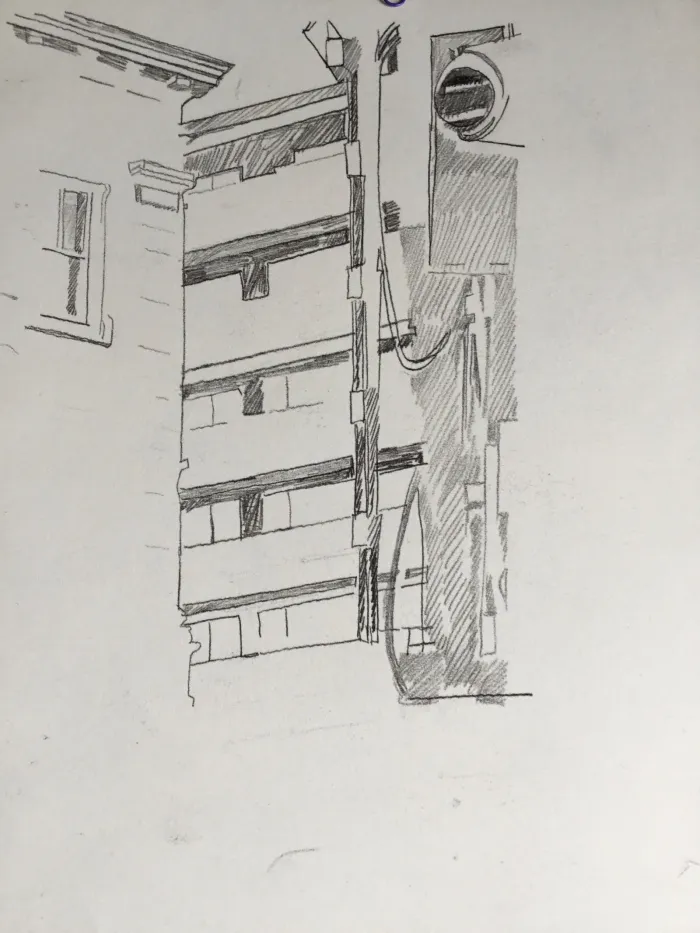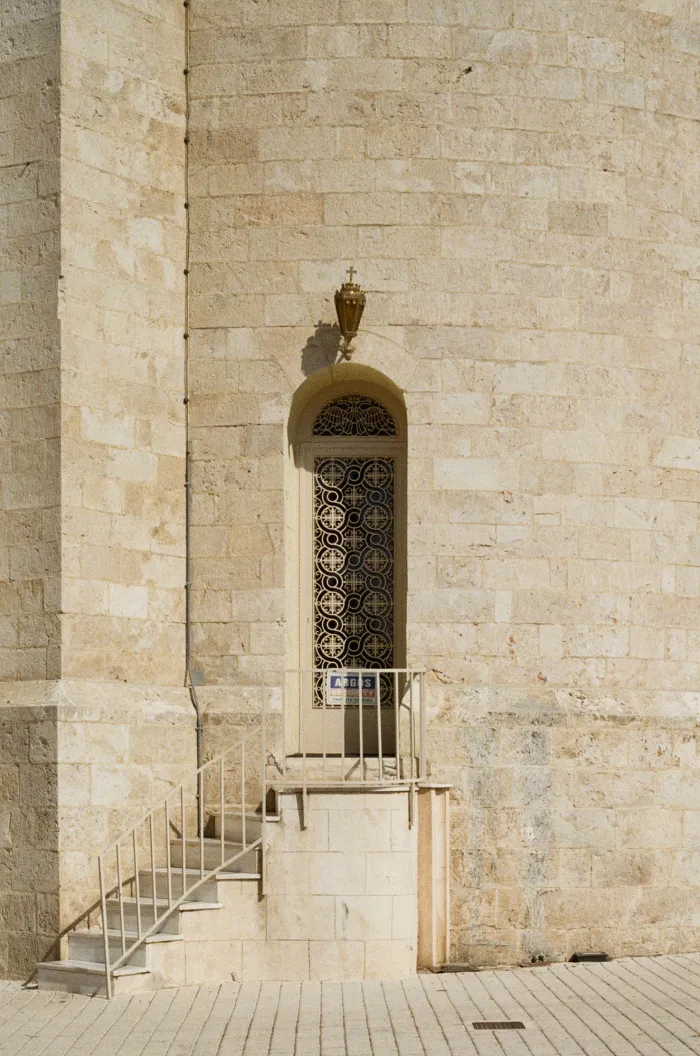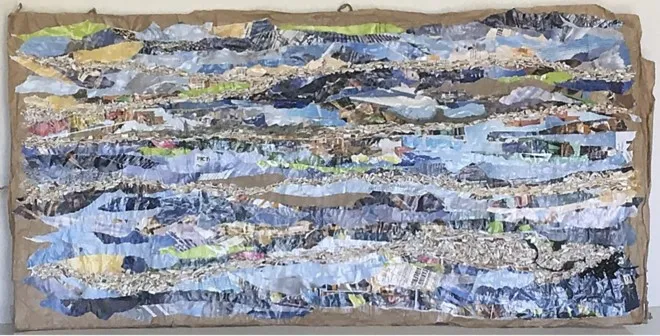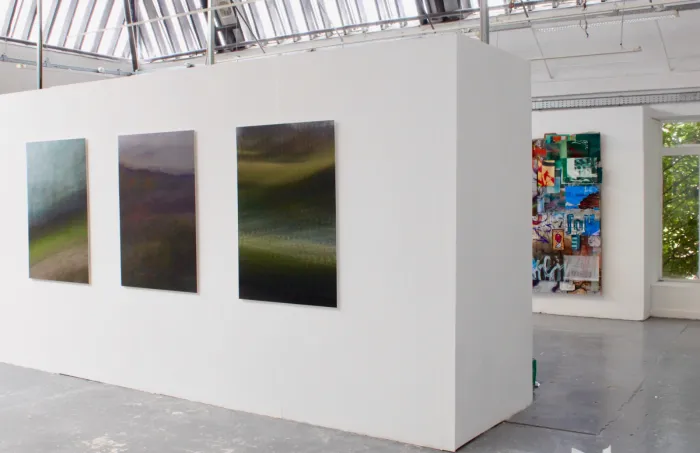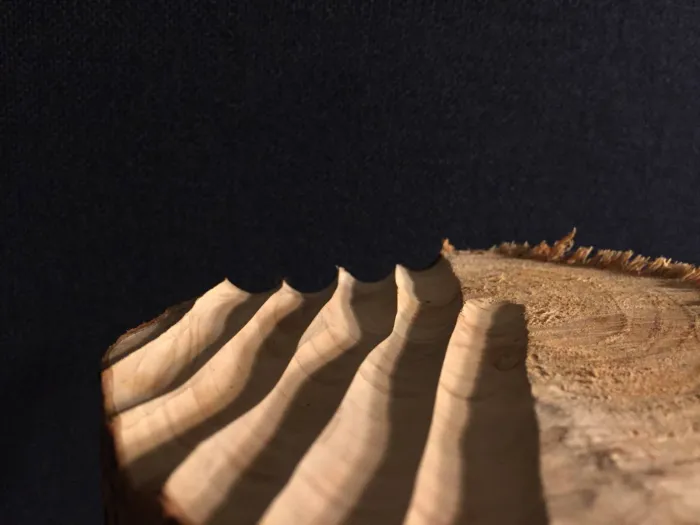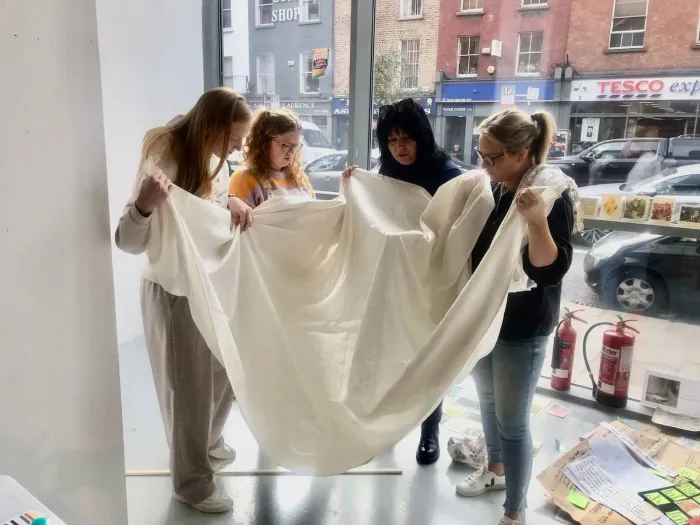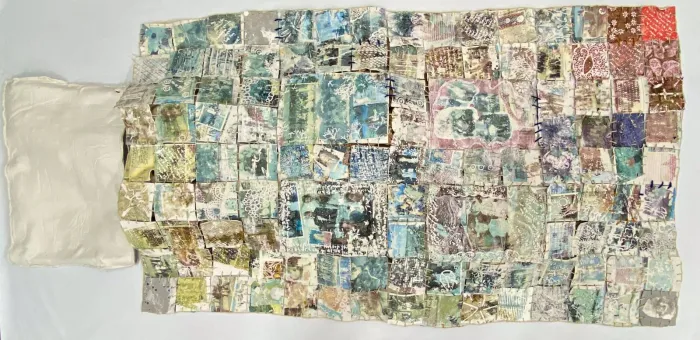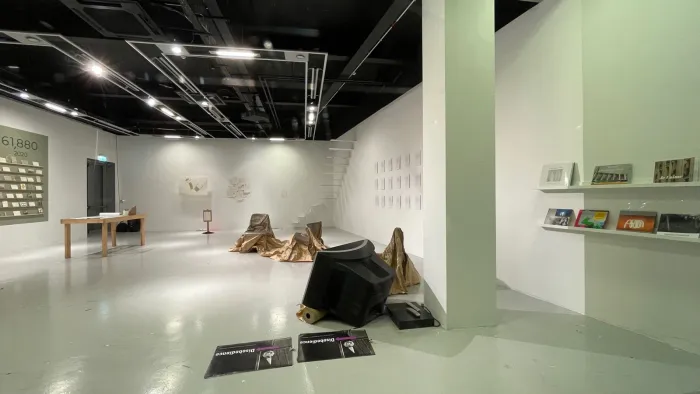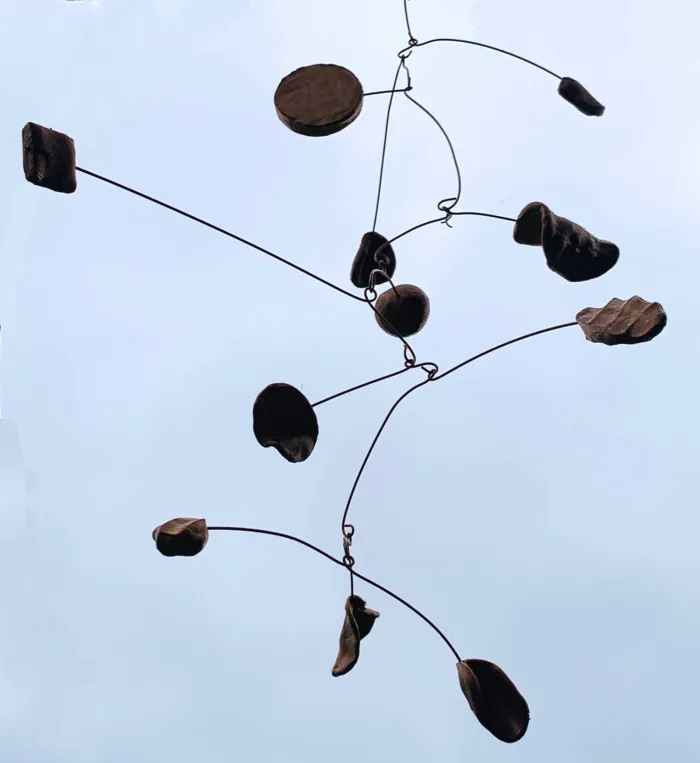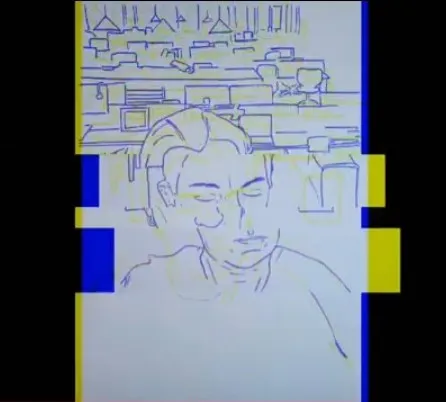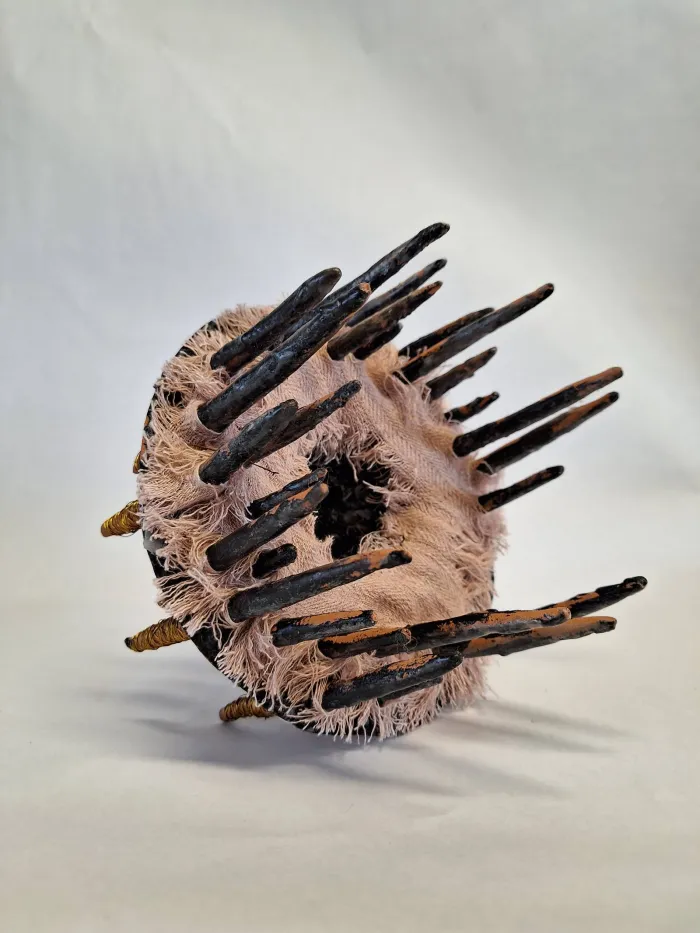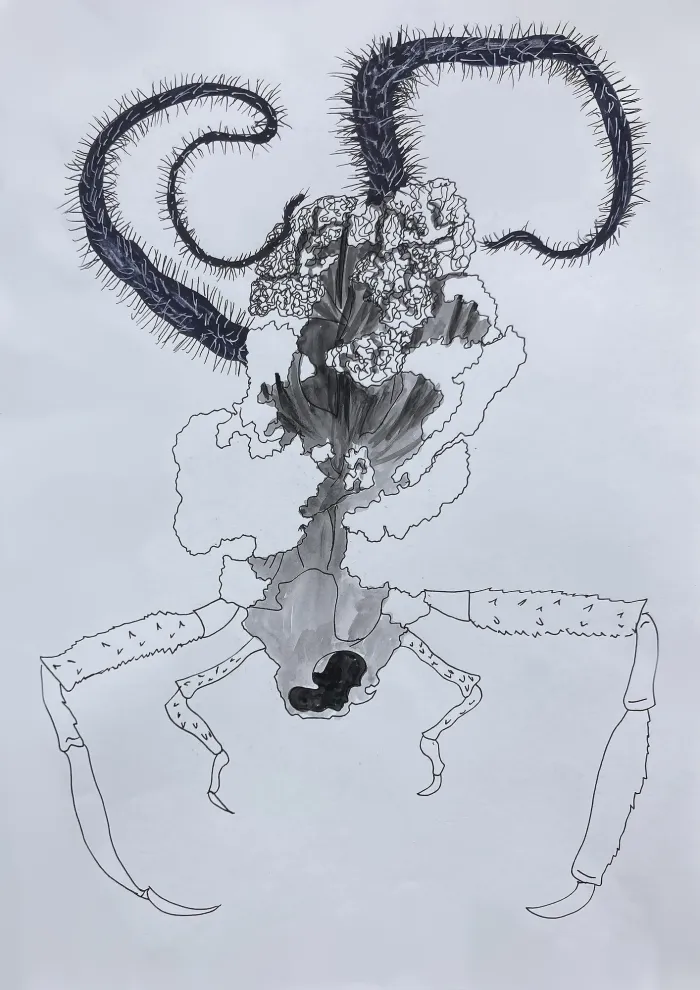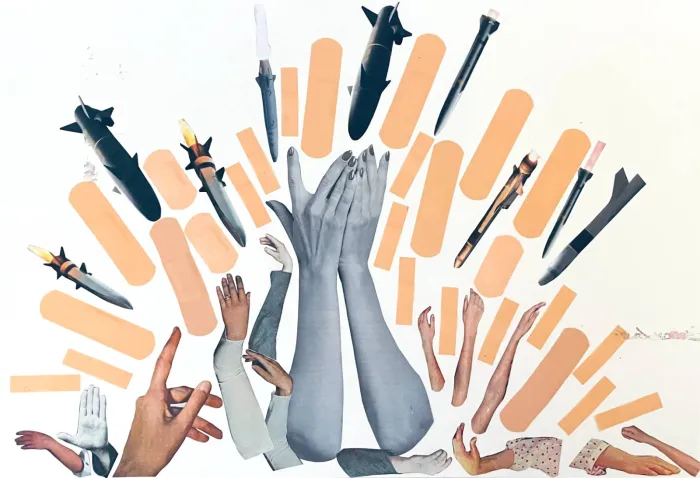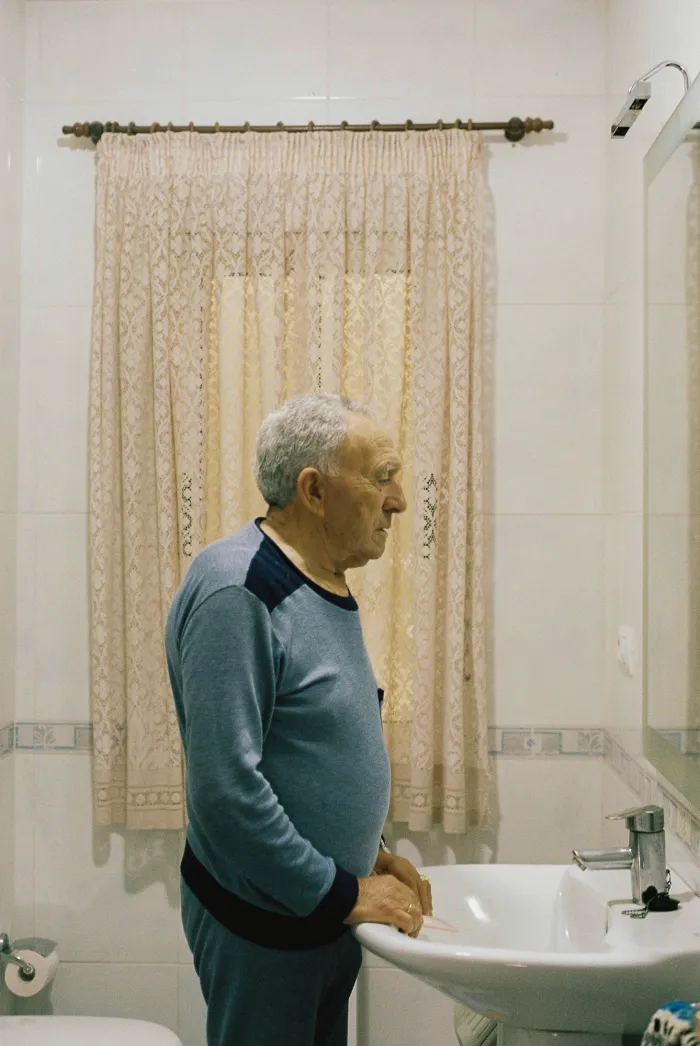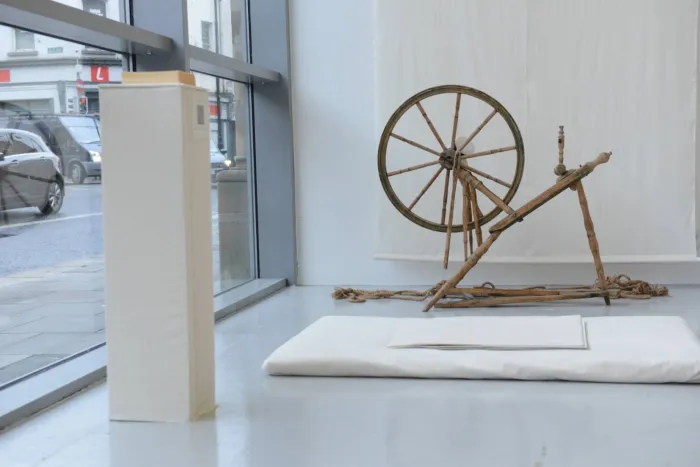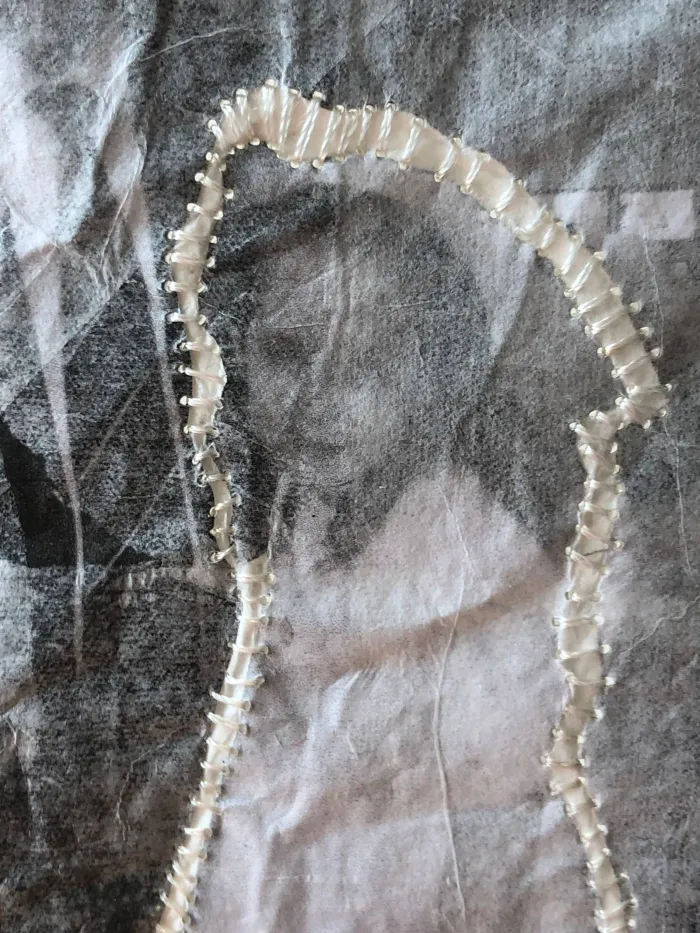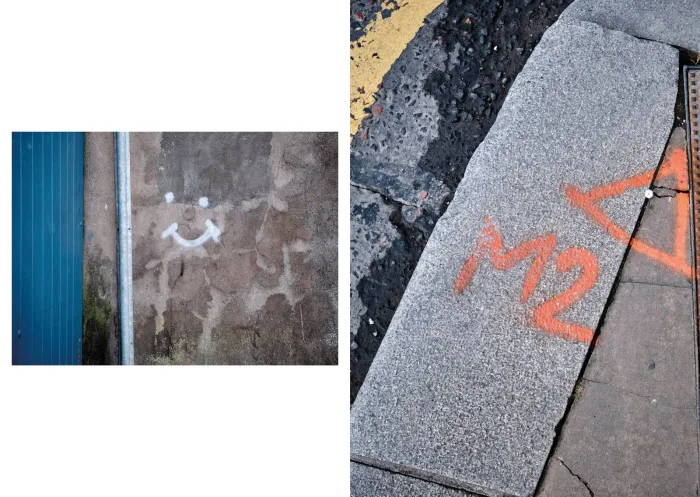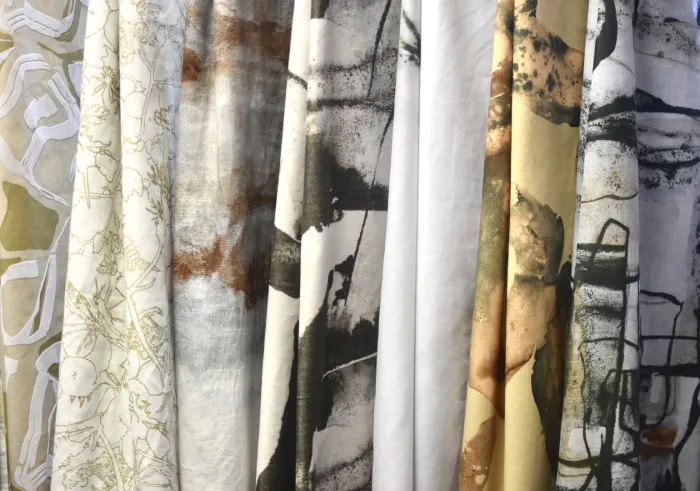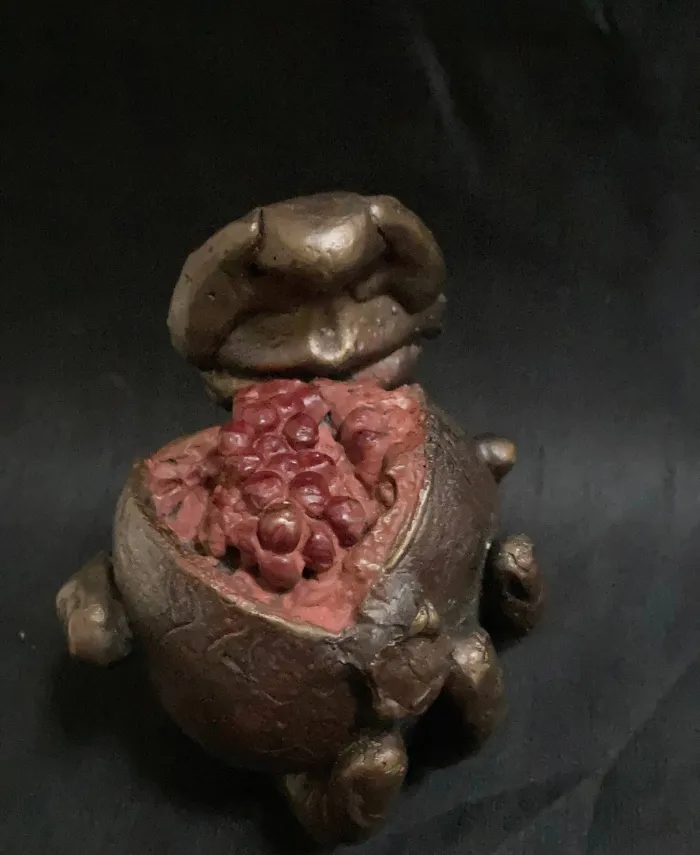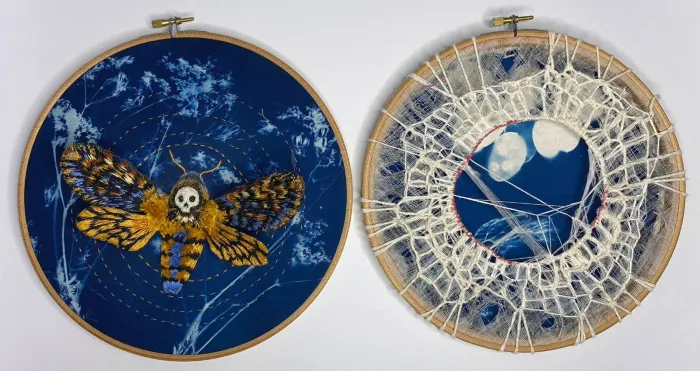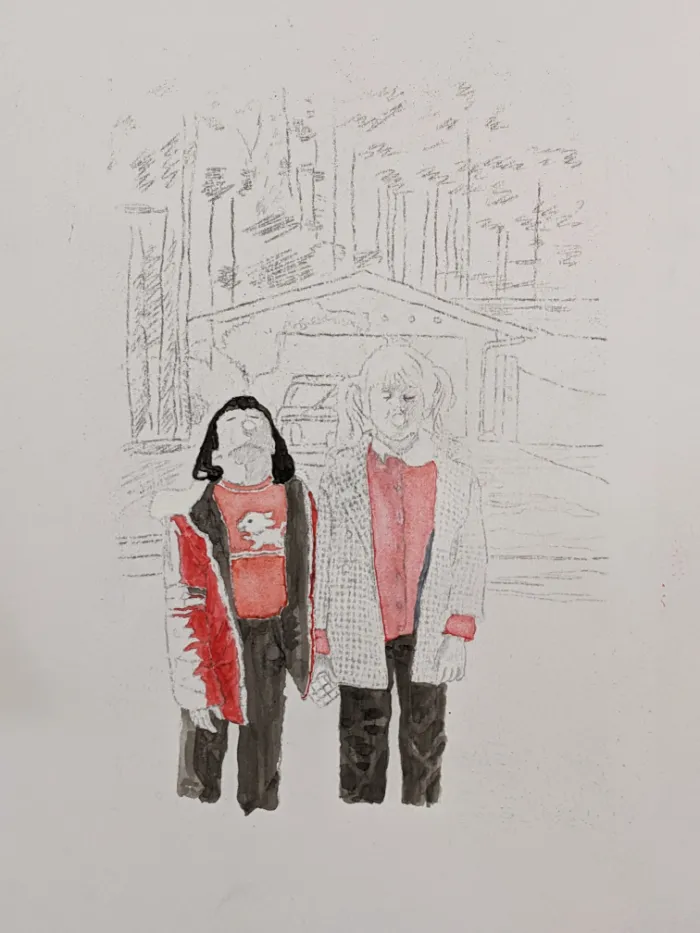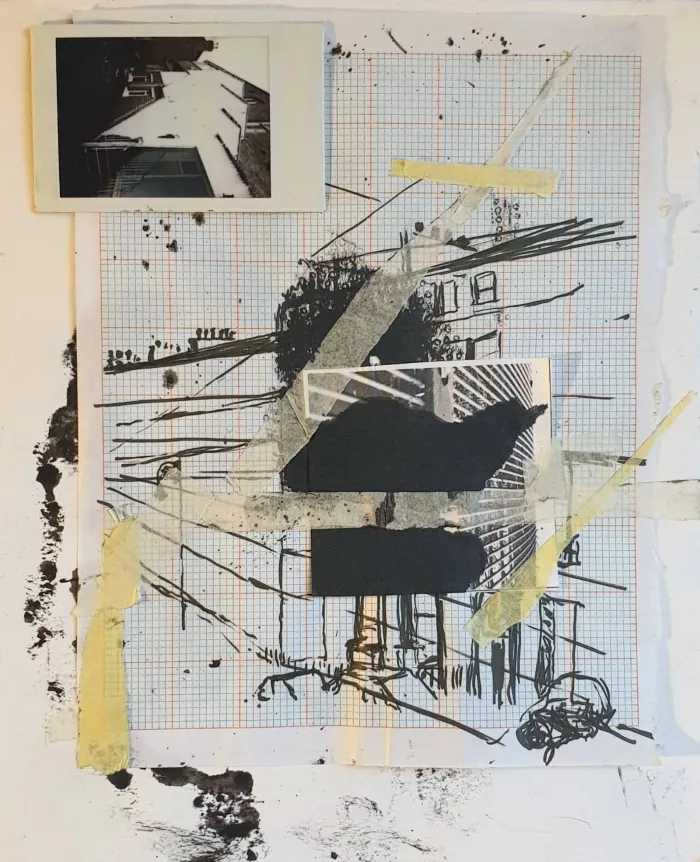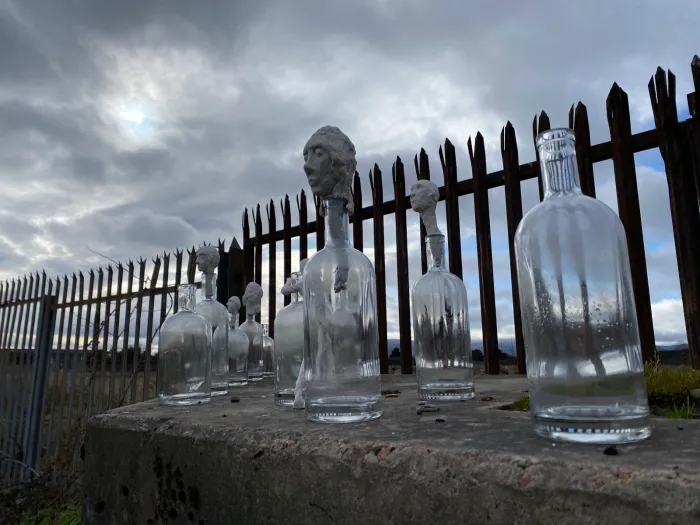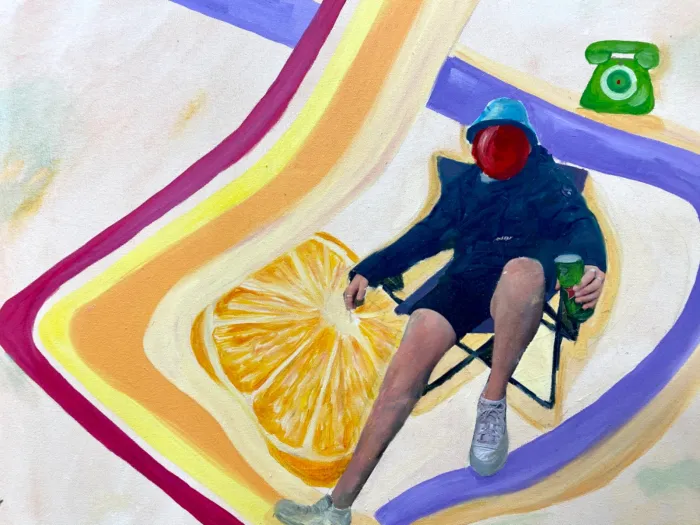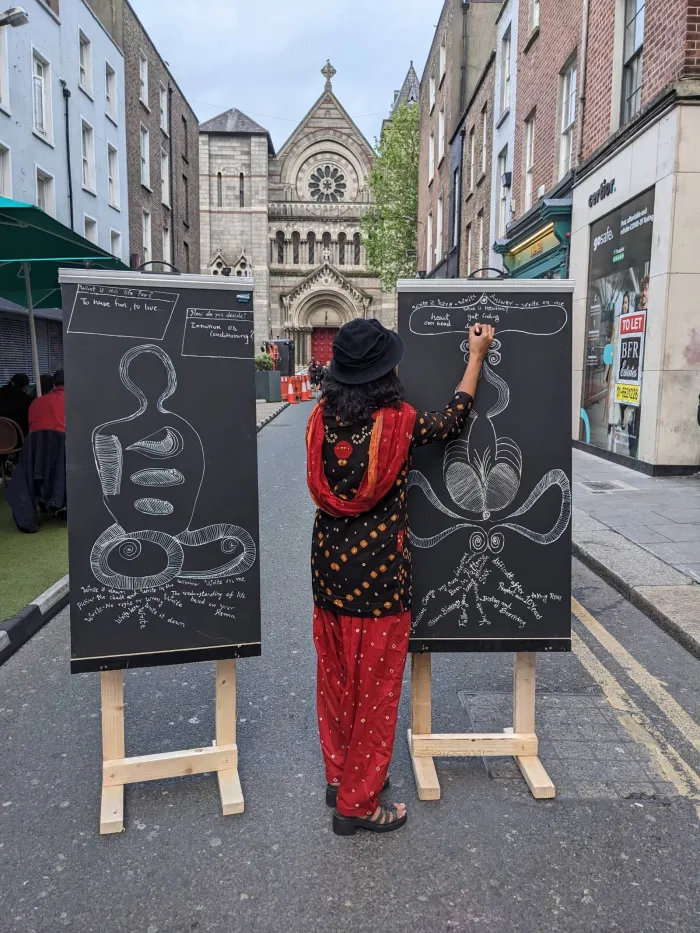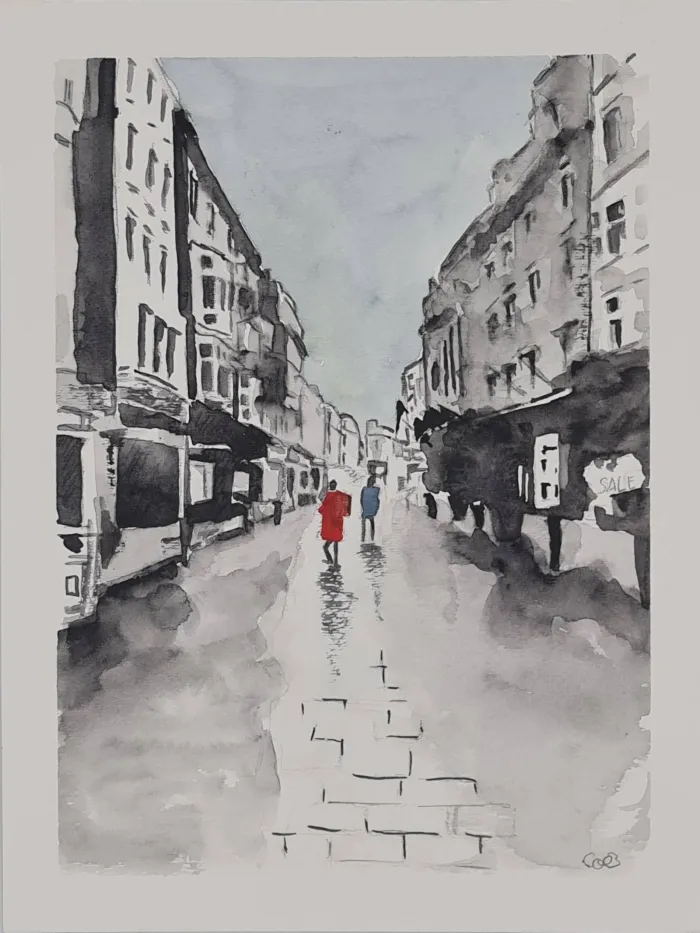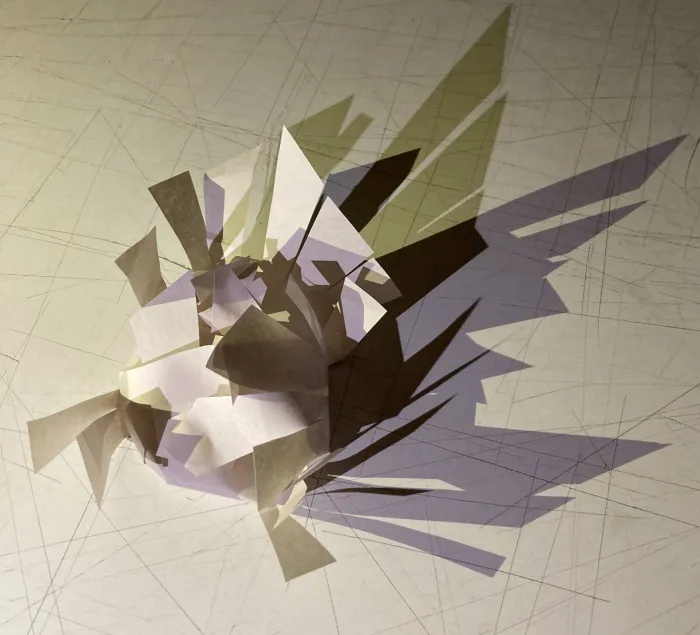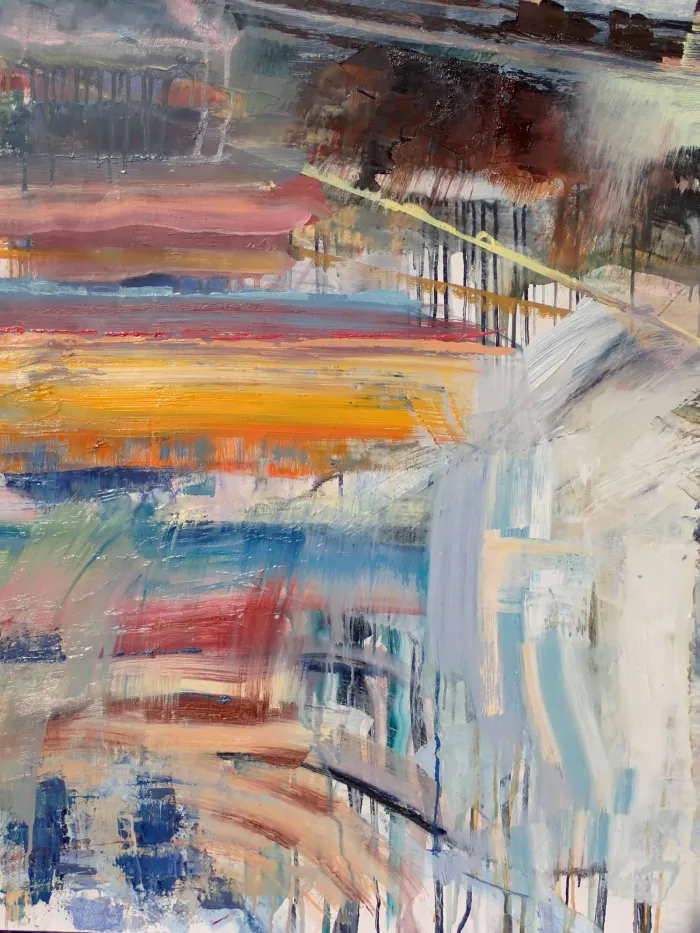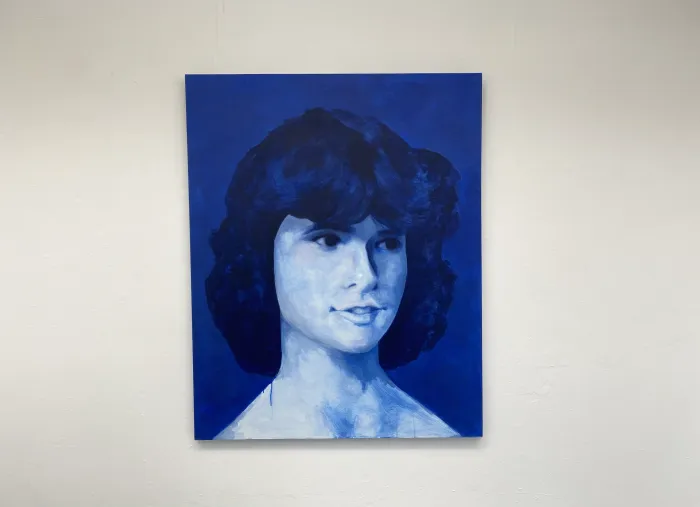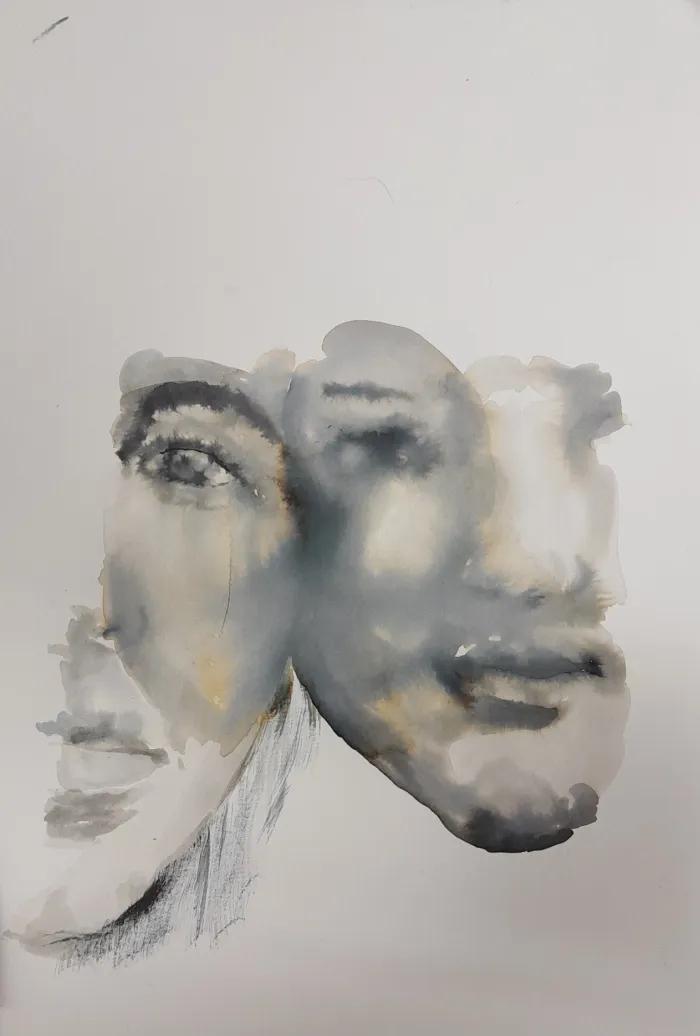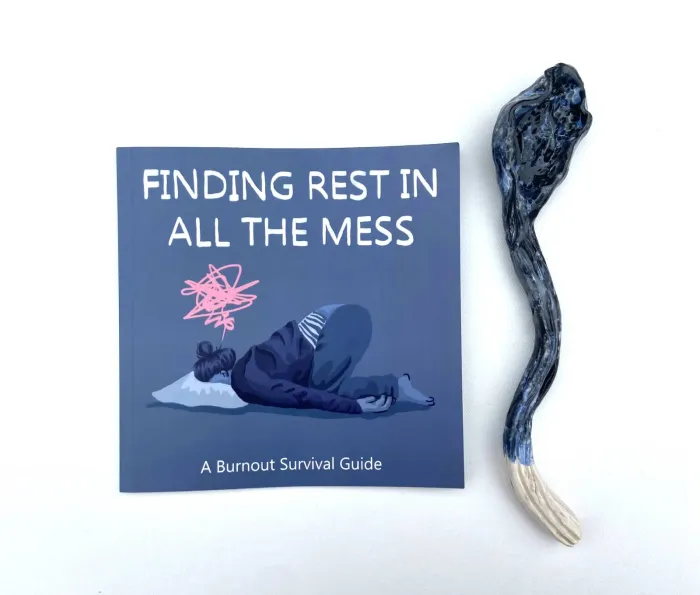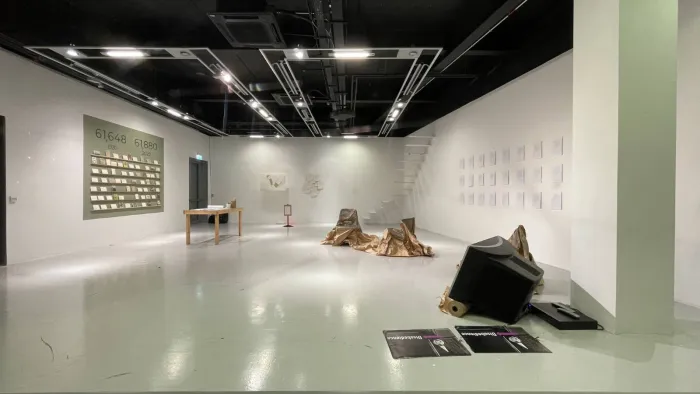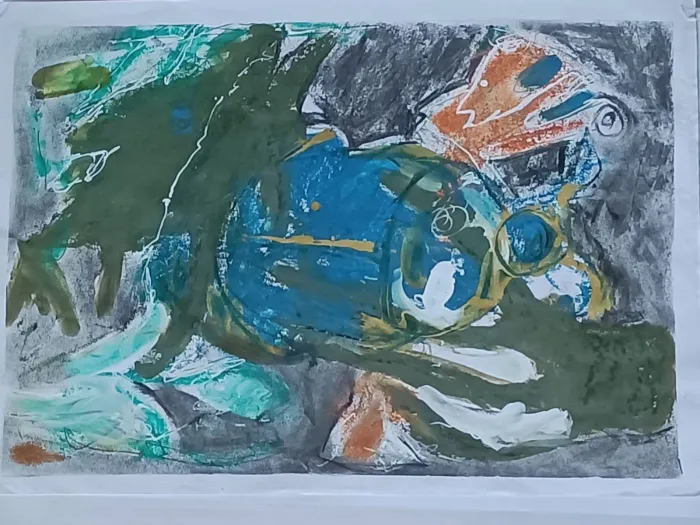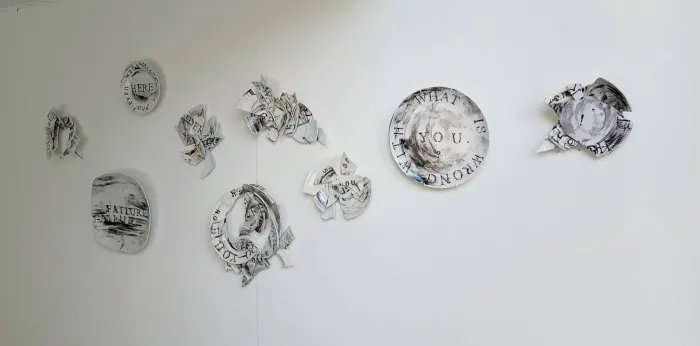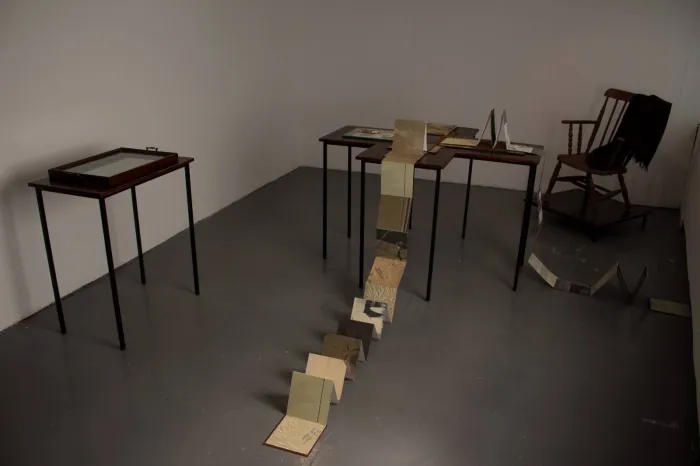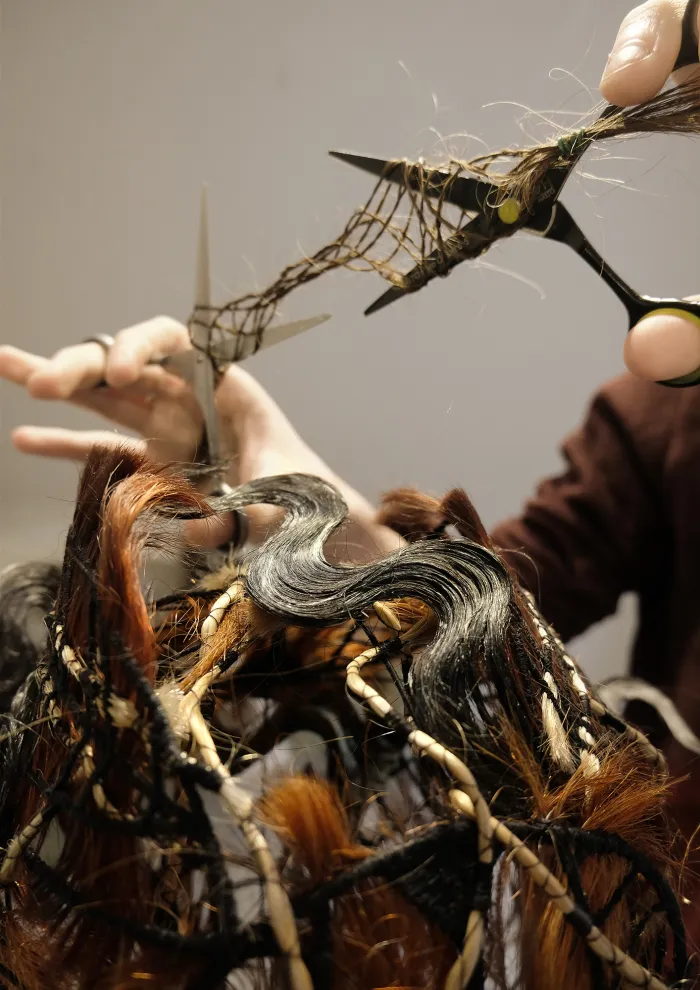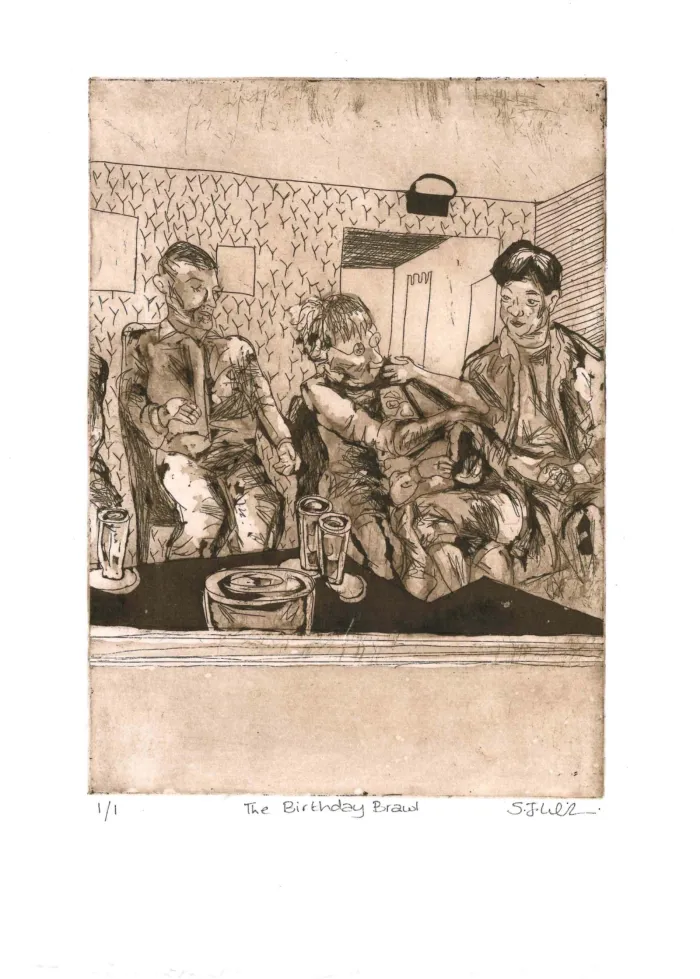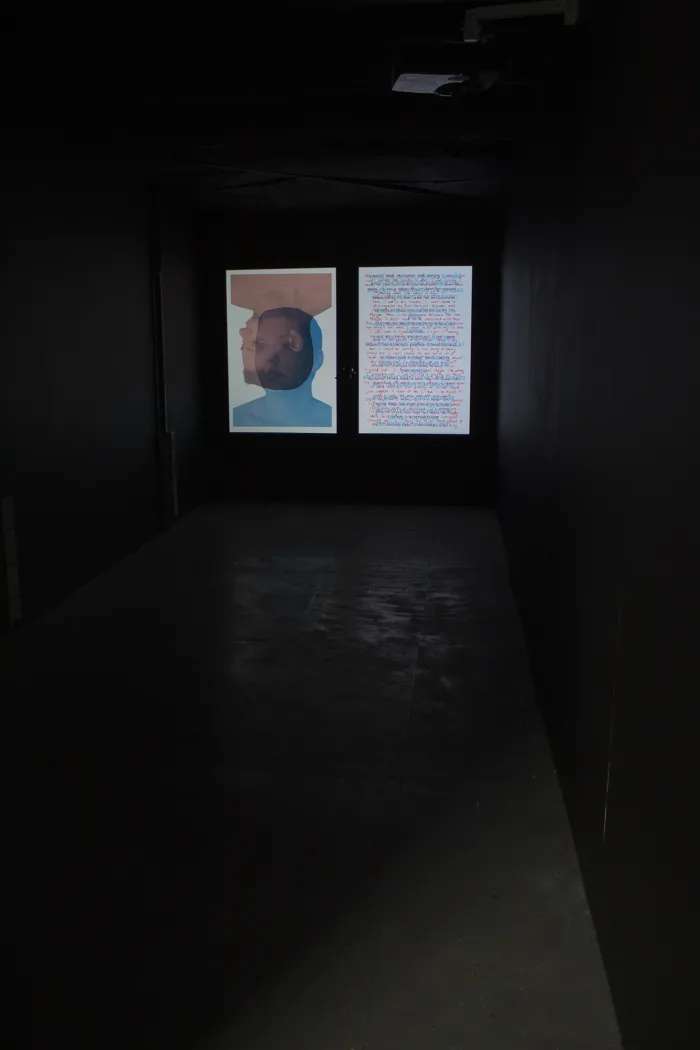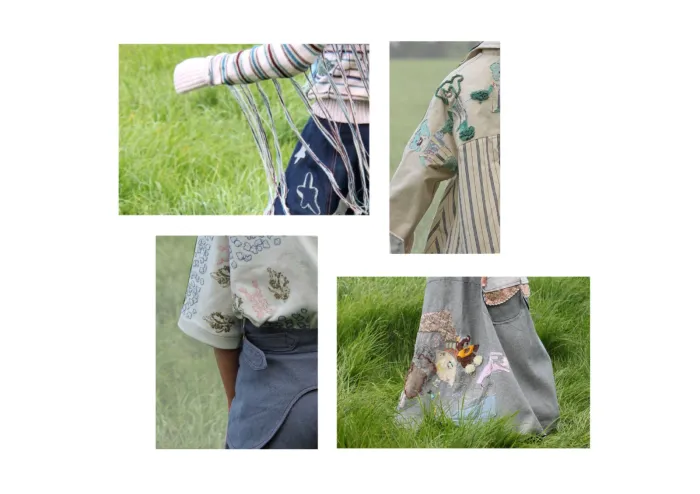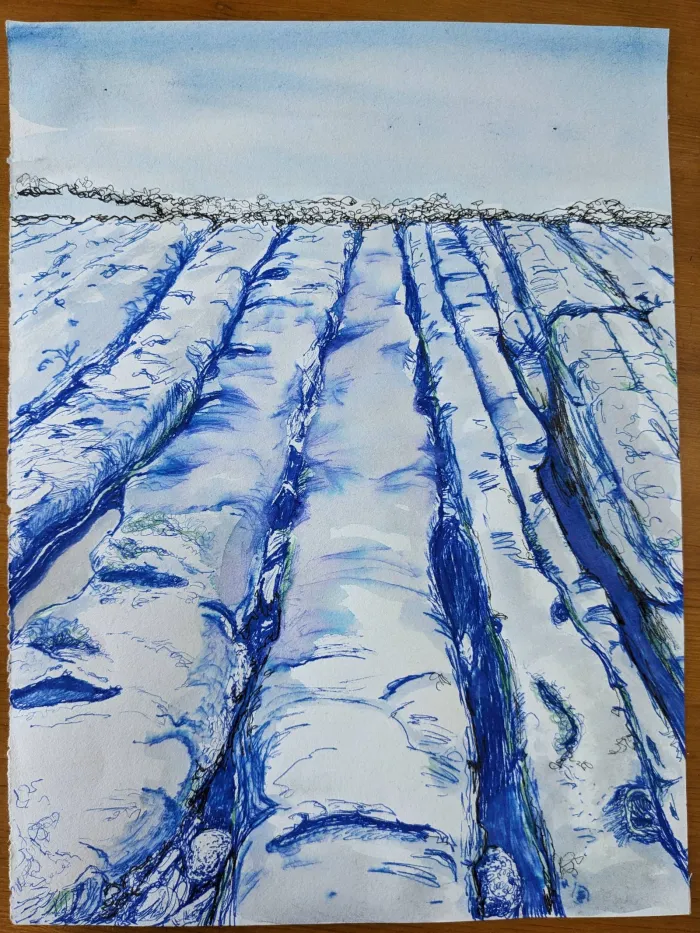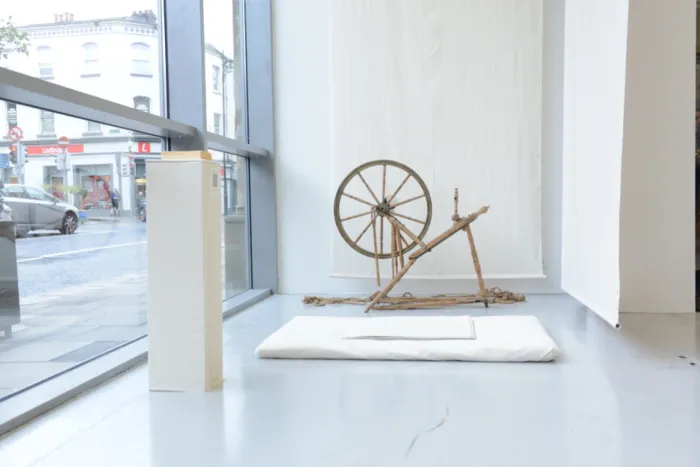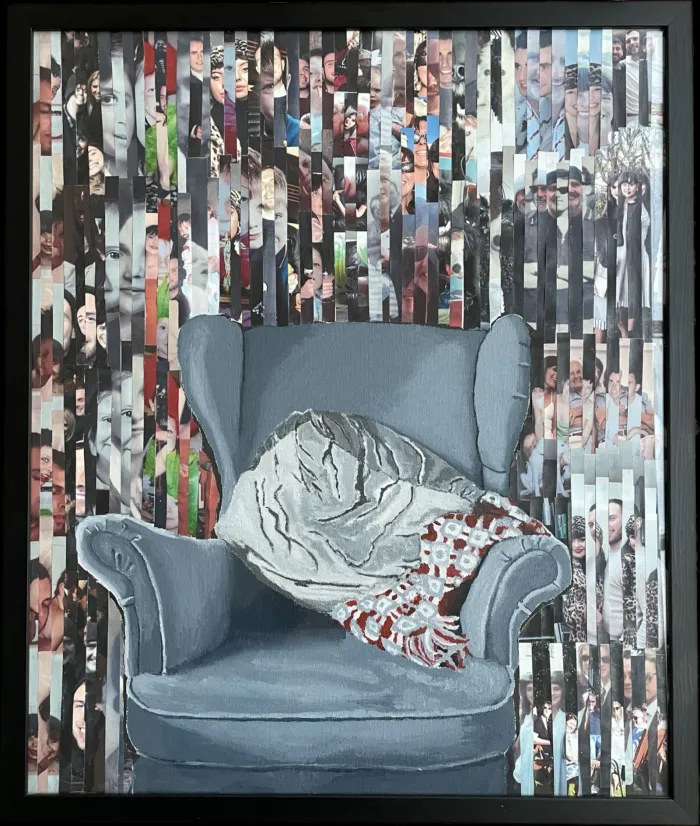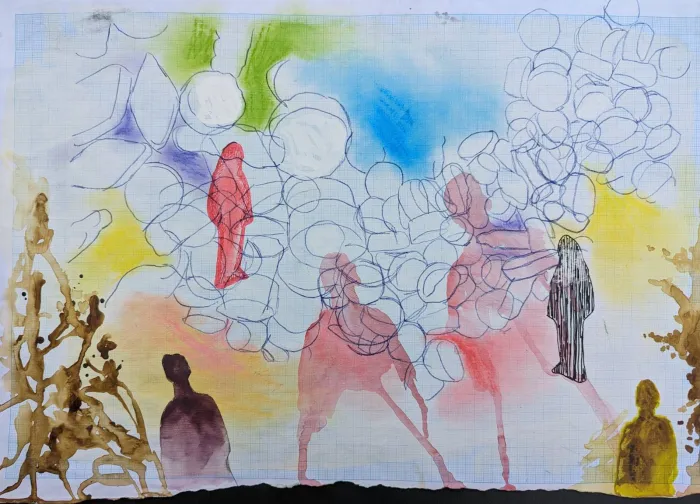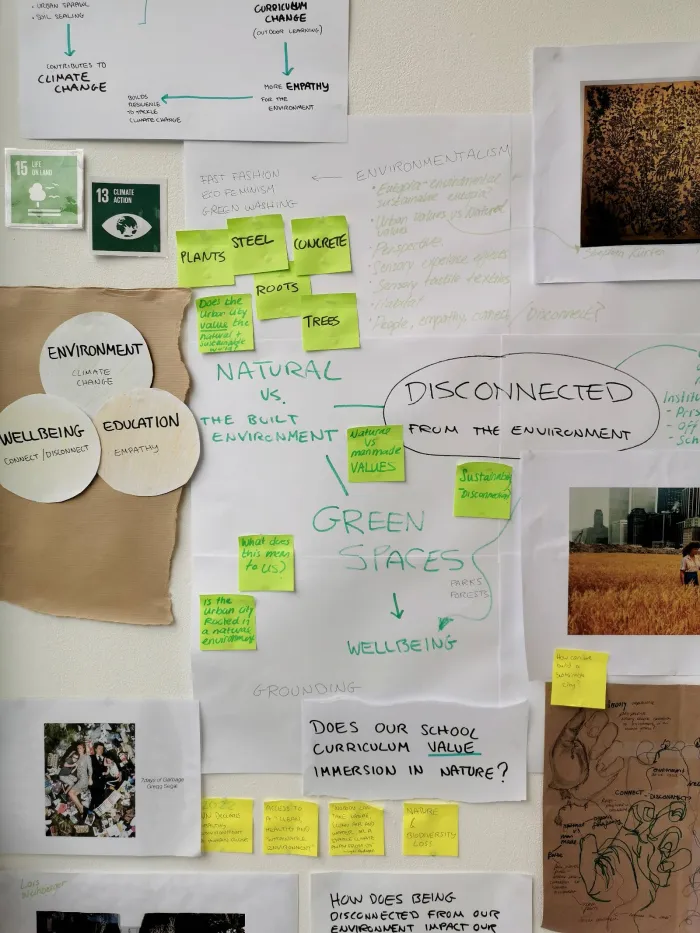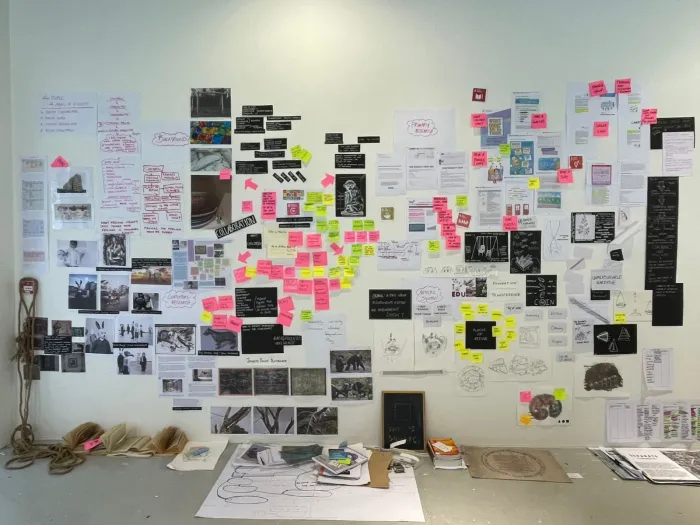School of Education
Several years ago, I came across an essay written by Seamus Heaney titled 'Something to Write Home About' (1). In that essay, Heaney remembered how, while standing on the bridge that spanned the River Moyola at Castledawson in Northern Ireland, he would connect to the two different milieus that came together to form his particular way of being in the world. “On one side of me was the village of Castledawson,” he explained, “where my mother’s people lived in a terrace house, with a trellis of roses over the front pathway and a vegetable garden at the back”, while at the other side was “the parish of Bellaghy, or Ballyscullion, where [his] father’s side of the family, the Heaneys and the Scullions, had lived for generations” in “dwellings [that] were thatched rather than slated, their kitchens had open fires rather than polished stoves, the houses stood in the middle of the fields rather than in a terrace, and the people who lived in them listened to the cattle roaring rather than the horn blowing" (2). Two very different milieus then, with their own distinctive appearance and character, sounds and smells, rhythms and flows, histories and traditions, possibilities and limitations. And yet these two milieus made up his world.
Reflecting on the work and achievements of the 2023 School of Education graduating class, I remembered that piece of writing by Heaney. Our graduating students bridge two distinctive fields: art (including design) and education. Two fields that are different in many respects in what they do and achieve but also similar in their capacity to afford us opportunities to expand our worlds and to extend the established frameworks for thought and action that we tend to rely on when thinking and doing. And both art and education offer ways of perceiving the world that, in turn, promise to complicate easy understandings of it.
As artist-educators, our graduating students live comfortably in and between these two fields, travelling with them, between them, and across them. And as Hugh Kenner reminds us, “To travel is always, in some sense, to learn.” (3). To learn, indeed, is what these students are committed to doing as they ask educational questions of art and art-led questions of education. They engage with education as a medium for artmaking and artmaking as a medium for education. They put to work what they inherit from both fields without feeling bound by such an inheritance. Nor do they feel obliged, it seems, to remain faithful to what they inherit. To remain faithful to one’s inheritance is to be unfaithful to its capacities to function in and for a time yet to come. Comfortable with ambiguity, plurality, and change, our graduating students show us what is possible when one commits to a way of teaching, learning, and artmaking that is attentive, nuanced, promiscuous, curious, bold, place-based, and emergent.
We are very proud of our graduating class of 2023, and we congratulate them and wish them well in the pathways they will follow. We look forward to meeting them again and differently in the places where they will bring others into the company of art through education and into the experience of education through art. We have no doubt they will remain actively engaged in art and education, and we are confident that they will become leaders in their field as they advance and promote the value of art and design education locally, nationally, and globally. Working with these exceptional students over the past few years has been a great privilege for us all in the School of Education. For that opportunity, we are very grateful.
(1) Heaney, S. (2002), ‘Something to Write Home About’. In Finders Keepers: Selected Prose 1971-2001. London: Faber and Faber.
(2) Heaney, S. (2002), Finders Keepers: Selected Prose 1971-2001. London: Faber and Faber, p.52.
(3) Kenner, H. (2000), The Elsewhere Community. Oxford: Oxford University Press, 2000, p.13.
Professor Dónal O’Donoghue
Head of School of Education




